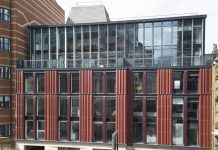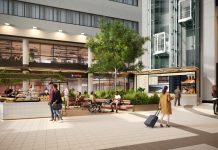The Government’s new National Planning Practice Guidance, which came into effect on Thursday 6 March, suggests a shift in the balance between the development of greenfield and brownfield sites, with economic and political implications.
Planning Minister Nick Boles’ statement and the associated publication of National Planning Practice Guidance indicates a two-pronged approach to steering and delivering development. His statement that housing need/viability should not outweigh protection of Green Belt will appease Conservative Councils but frustrate housebuilders currently obtaining planning permission at appeal on this basis.
This is countered by measures to promote and enhance the viability of brownfield development. It indicates that Councils should look at the different funding mechanisms available to them to cover costs of bringing brownfield land back into use and to take a flexible approach in seeking levels of planning obligations and other contributions to ensure viability. In many cases this is likely to mean a reduction in affordable housing provision at brownfield sites.
However, the measures provide a significant boost to the owners and prospective developers of brownfield sites, particularly those with substantial remediation and enabling work costs.
Hamish Robertshaw, Associate Director of Planning at DTZ in Leeds comments: “Landowners and developers should now take the opportunity to speak with their local planning authority about the costs and constraints to developing brownfield sites and the financial assistance available. This may be in the form of subsidising site clean-up and infrastructure costs or reducing the burden of planning obligations such as the proportion of affordable housing in residential schemes.
“Overall, it is welcome that the Government has indicated fiscal and planning gain relief towards brownfield land development, whilst many people will support the Minister’s reiteration of Green Belt protection. The acid test, however, will be whether sufficient housing to meet the country’s needs can realistically be delivered on brownfield land.”






















